
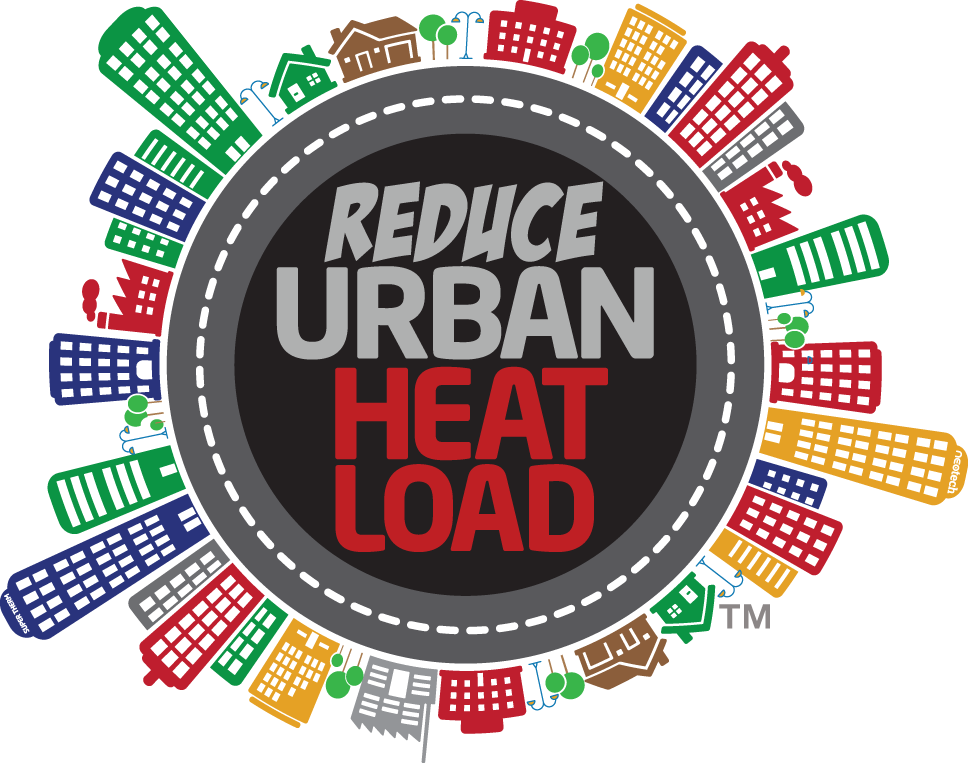
‘Blistering temperatures’: Dark roofing banned on Sydney’s urban fringe
NSW Planning and Public Spaces Minister Rob Stokes – August, 2021
“When designing lots for detached housing, we need backyards which are big enough to plant a tree or have a garden. We need to say goodbye to the trend of having dark roofs that not only attract and retain heat and raise ambient street temperatures, but lead to astronomical electricity bills because of the need to cool homes.”
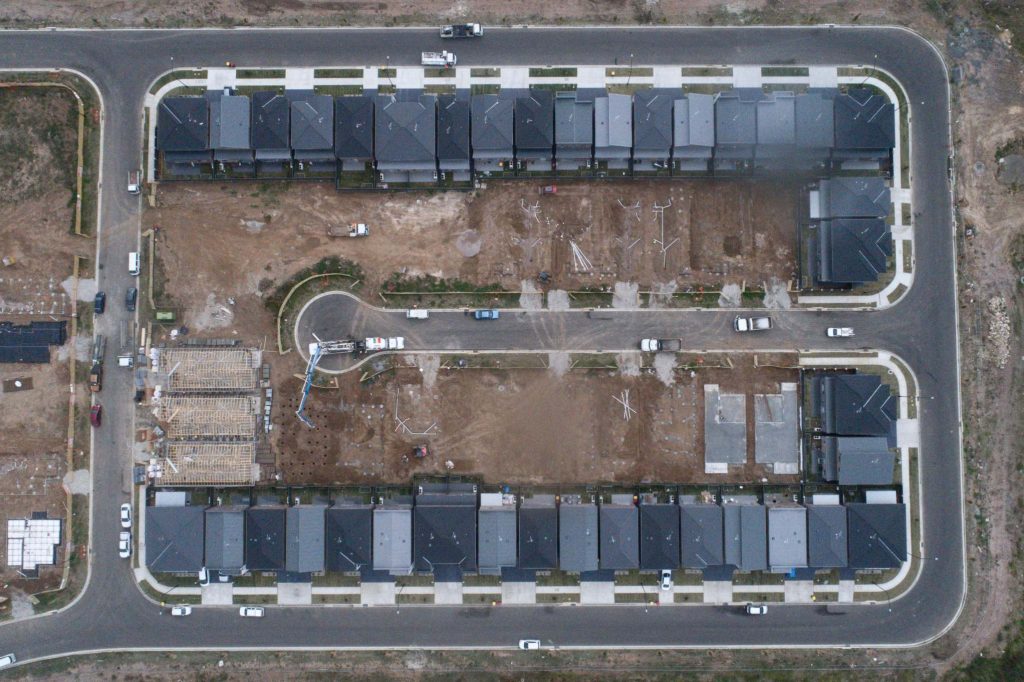
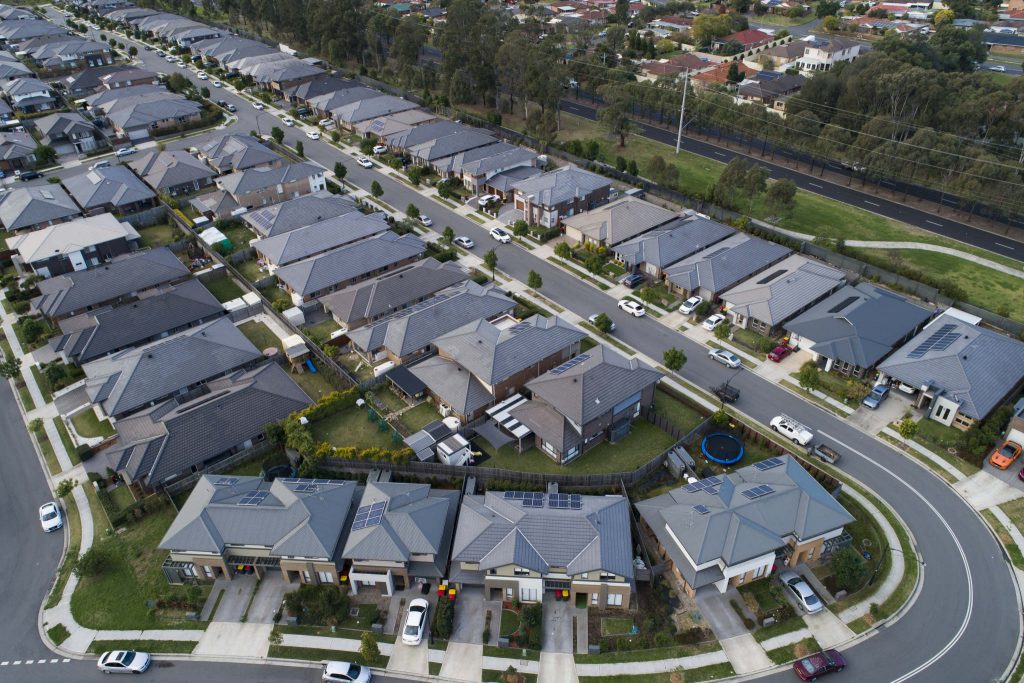
According to Architecture and Design, a whole range of design elements fall under the umbrella term of “cool roofs”. Essentially, a cool roof is one that reflects the suns heat and emits absorbed radiation back into the atmosphere at a higher rate than standard materials, literally staying cooler than a standard roof. This reduces the amount of heat transferred into the building below, keeping it at a more constant temperature.
Cool roofs are reflective surfaces designed to reflect more solar radiation and absorb less heat than a standard roof – Victorian Energy Saver Program
In a recent BBC interview, the former UN Secretary General Ban Ki-moon suggested that this reduction could be as much as 30°C, with the internal temperature of the building falling by as much as 7°C. BBC
It started with an article on a study out of Berkeley Lab in California, which concluded that white roofs outperformed black roofs economically as well as environmentally. It called for the phasing out of dark roofs in hot climates, especially those prone to heatwaves. This would save energy costs, protect against the urban heat island effect and tackle climate change – The Fifth Estate
When it comes to the solar passive design of your new home, a dark-coloured, high solar absorptance roof is not a good idea, as it will make it more difficult to achieve a thermally comfortable internal environment during summer. Even if you intend on installing air-conditioning, a high solar absorptance roof will mean the air-conditioning will have to work harder to cool down your home, meaning higher electricity costs and increased carbon emissions – The Fifth Estate
In an insights brochure, Boral stated it was “seeing a move towards lighter colours that blend with the natural environment” (source). Dr Chris Reardon, principal author of the Your Home guide said “Research shows that light coloured roof tiles can lower the air temperature in the roof space by up to nine degrees compared to dark tiles.”
Dr Reardon warned that when designing houses, instead of taking into account current climates it would be prudent to look at projected temperatures over the 50-80 year lifetime of a house, with CSIRO research predicting temperatures up to 4°C warmer on average by 2100. (source)
Con Edison research from New York stated a 6° reduction in the thermostat produces a 39% reduction in utility costs. Therefore a KW savings = Actual Dollar Savings.
How Super Therm® can reduce CO2 emissions in your business and reduce costs with cool roofs.
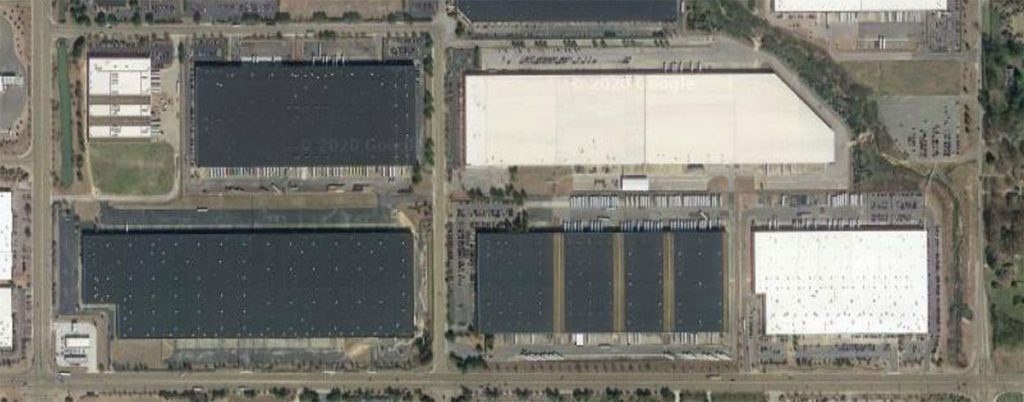
A roof for the American Snuff in Memphis, Tennessee consisted of a black EPDM Roof Membrane and 2″ fibreglass insulation and metal roof deck. After Super Therm® was applied there was a BTU saving of 5.52 BTU/HR/Sq. Ft. You can see the image above many roofs are still covered in the black membrane.
To verify the findings, a standard calculation from the CHVAC-FULL COMMERCIAL HVAC LOADS CALCULATION PROGRAM was used from the book to show the difference between a “Dark Coloured Roof” and a “Cool Roof”. The following are slightly different from the actual readings but verifies the findings from the actual readings on the test roof. This show the difference in A/C tons needed to cool this size facility.
The Standard HVAC calculation program showed the difference in A/C of 368 Tons of equipment needed to cool this size facility. That is 368 Tons of CO2 that can be reduced by coating under a cool roof program.
The EPA Greenhouse Gas Calculator below shows the savings 368 Tons of CO2 can make to the planet with Super Therm!
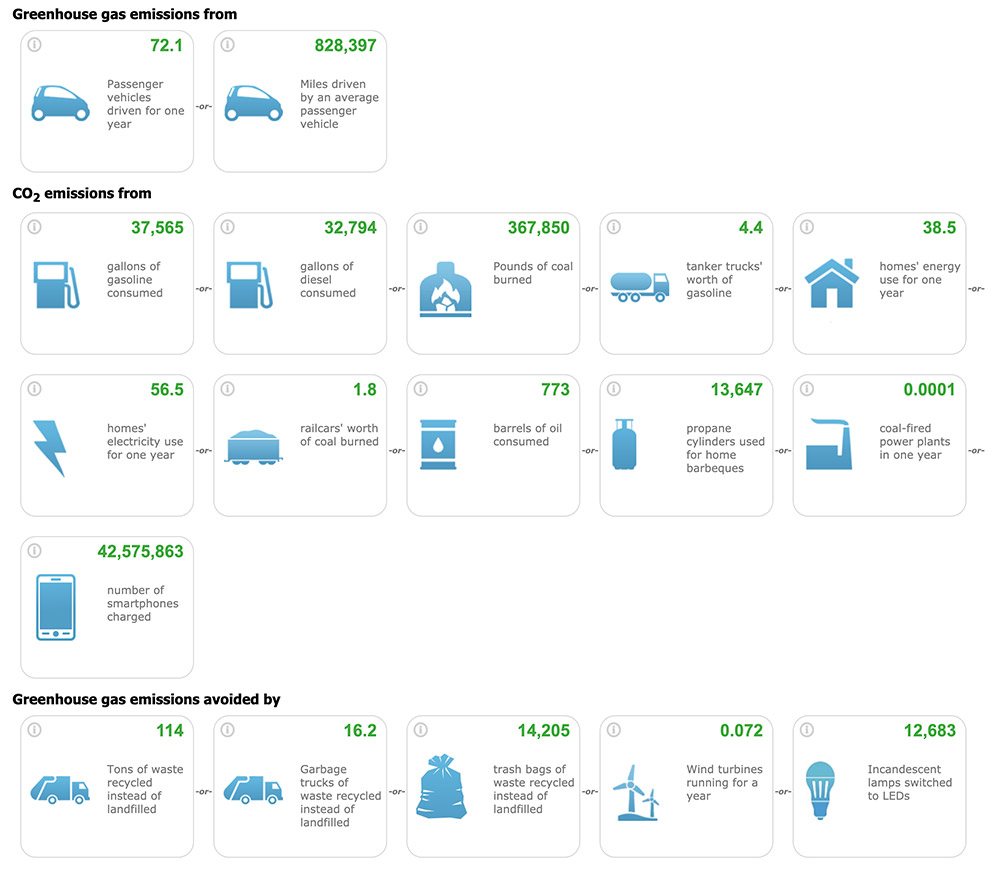
With the reduction of the equipment load by 300 tons, and with annual cooling hours of a standard 4000 hours per year, using an average efficiency of 1.25 KW/Ton for their cooling equipment and an average cost of $.10 per KW for energy, their annual energy savings would be at least $150,000 per year for consumption cost. If the client pays in peak demand charges, these would also be reduced by approximately 47%. Then there is the issue of capital cost avoidance. The average cost of commercial HVAC systems is $1,200 per ton, so we are looking at a savings of $360,000 on equipment cost. There is also the consideration of reduced maintenance cost due to fewer units running with less stress or full load conditions.
There is no way to put a finite number on the total savings, that will be generated by this report, but when we consider energy consumption, peak demand charges, equipment cost, equipment maintenance and life extension of the roof, we are well over $500,000 annually in savings. For a 74,320 sq.m (800,000 sq.ft.) roof, this is $6.25 per sq.m or $0.625 cents per sq.ft. per year reduced cost in energy and equipment savings.
To be effective, passive cooling needs to cool both the building and the people in it – Australian Government. According to the Australian Government, a 7 star rating is achievable with basic inexpensive materials such as aluminium windows and single glazing when the right design principles are applied—such as passive design and appropriate use of insulation and material selection.
The Building Code of Australia doesn’t take into consideration new and next generation solar heat block technology such as Super Therm® that blocks the heat entering the structure. NatHERS say in order to achieve a 7 Star rating building you need a roof colour of Surfmist® in Adelaide, Brisbane, Canberra, Darwin, Sydney and Windspray® in Melbourne and Hobart (Colorbond® products).
The summer heat in Melbourne can exceed 40° so to have a near 50% grey roof (Windspray®) as a specified colour for a hot environment isn’t energy efficient. Interestingly Surfmist® is the lightest colour in the Colorbond® range above and is recommended for the rest of the country except Perth that has Classic Cream®.
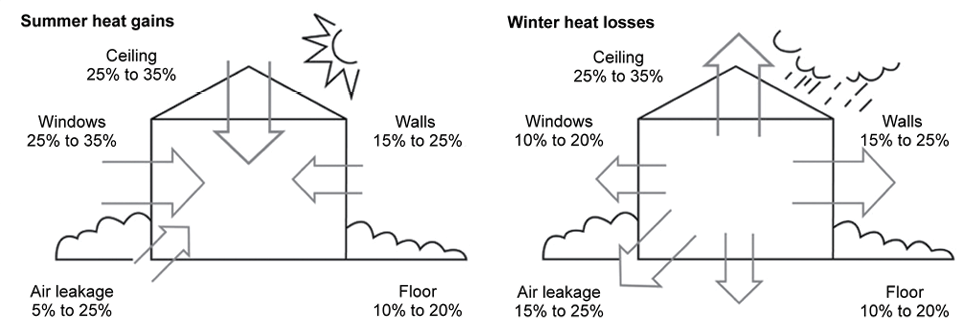
The application of Super Therm® to a roof would take the energy rating beyond 7 Stars, proven to reduce up to 20-50% in energy use (Industry testing) while lowering CO2 emissions and extending roof life. Super Therm® solar heat block coating technology blocks 96.1% of solar heat entering a building and used globally…that’s a game changer!
Through the Smart Roof Program, the Washington D.C. Department of General Services (DGS) is successfully integrating roof asset and energy management projects to reduce its energy use by 20 percent across its entire municipal portfolio. The strategic approach to portfolio-based roof management is being applied across 435 buildings including schools, police stations, fire stations, parks and recreation centres, and office buildings that make up 321 acres of roof area in D.C.
The Smart Roof Program Objectives include the ability to:
DGS implemented a D.C. Public Schools roof restoration project in a K-12 school district that includes 152 buildings and 6.7 million square feet of roofs. The results (from restoration alone) for D.C. public schools in this district include:
There are many reasons for UHIs. When houses, shops, and industrial buildings are constructed close together, it can create a UHI. Building materials are usually very good at insulating, or holding in heat. This insulation makes the areas around buildings warmer – National Geographic
Nighttime temperatures in UHIs remain high. This is because buildings, sidewalks, and parking lots block heat coming from the ground from rising into the cold night sky. Because the heat is trapped on lower levels, the temperature is warmer – National Geographic
When we compare in Google Maps, Darwin’s use of cool roofs with the City of Parramatta there is a noticeable difference in light coloured roofs. While Darwin as a community understands the net gain of utilising cool roofs. It is important to understand there are additional benefits by applying the correct solar heat block coating technology that gives sustainable and long term solar heat reflection.
| v | ||
| City of Parramatta (Google Maps) | City of Darwin (Google Maps) |
The Climate Council said “Climate change is making hot days and heatwaves more frequent and more severe. Since 1950 the annual number of record hot days across Australia has more than doubled and the mean temperature has increased by about 1°C from 1910.” (source).
Specifically, there has been an increase of 0.2 days/year since 1957 which means, on average, that there are almost 12 more days per year over 35°C.
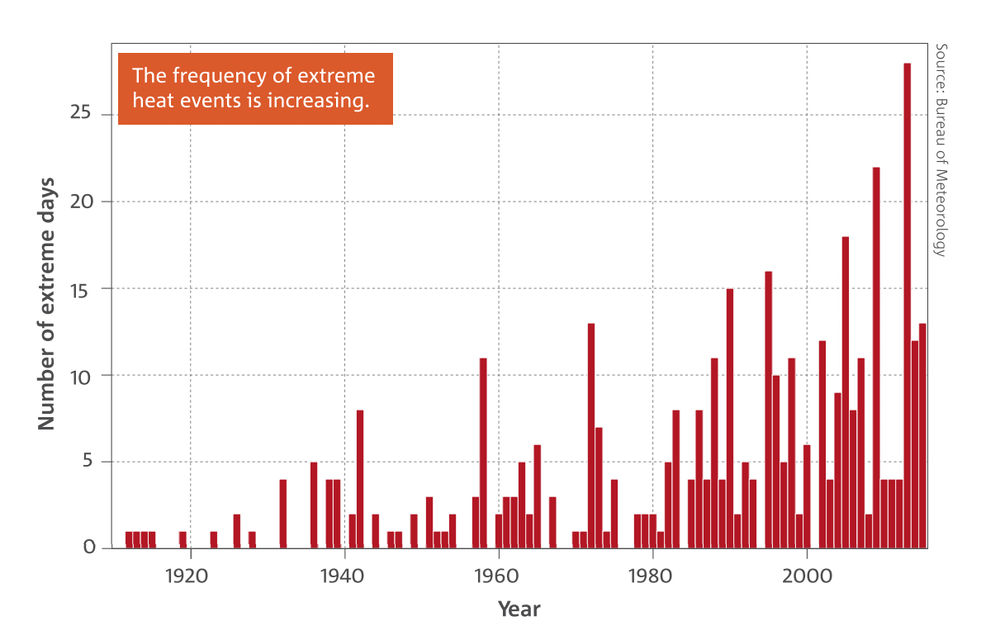
As global temperatures are rising, South Australia has the highest electricity prices in the world. The chart below shows electricity prices (in Australian dollars) for selected countries. The U.S. average is approximately 1/3 the cost of South Australian electricity (Source).
As heat increases with more heatwaves, the cost of running air conditioning becomes more expensive and the recommendations by NatHERS for energy efficient homes means we are running out of options. Either pay with climate heat or pay with power….however, there is a next generation solar heat block solution!
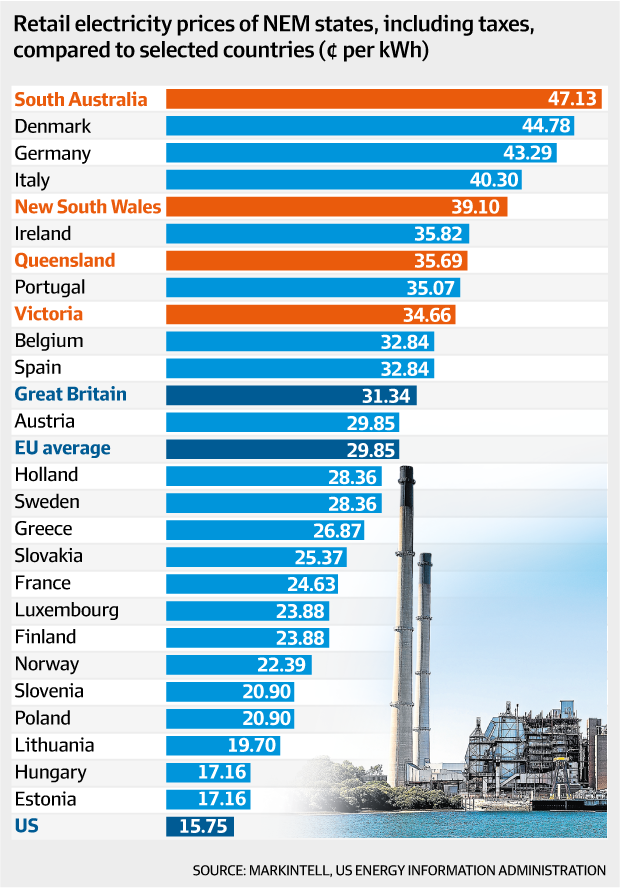
At NEOtech Coatings Australia we understand the significant savings to be had through managing your energy absorption through the roof and walls. Our global studies over 30 years with our high performance coating manufacturer SPI Coatings are 100% confident Super Therm® delivers to solutions for less energy use, improved comfortable, heat island effect reduction and protect your roof!
How Super Therm® can reduce CO2 emissions in your business and reduce costs on energy.
Looking to join one of the world’s leading coatings companies. Contact us if you’re a quality applicator looking for new products and markets!